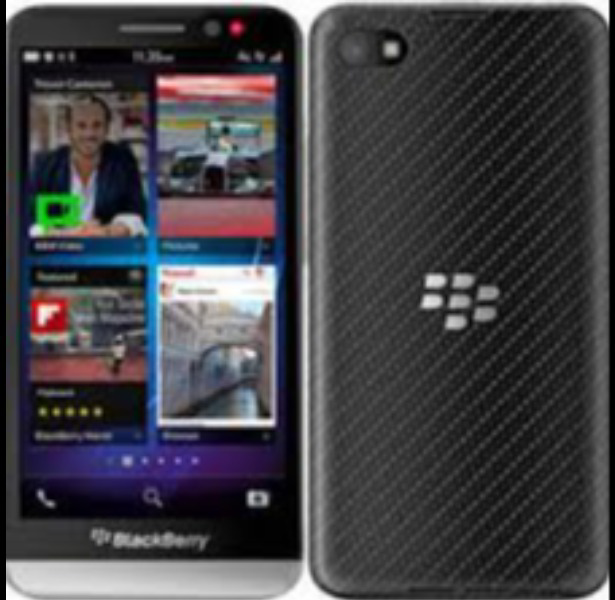


The BlackBerry Z30, launched in September 2013 by BlackBerry Limited, was the successor to the Z10, featuring a larger 5.0-inch 720 x 1280 AMOLED display and running BlackBerry 10 OS. Priced at $699/£549 at release, it uses a Snapdragon S4 Pro chipset, 2GB RAM, and a 2880 mAh battery, targeting users with a full touchscreen experience and improved multimedia capabilities. It includes an 8MP rear camera and 16GB storage, with a focus on the BlackBerry Hub and stereo speakers. In 2025, the Z30 is outdated, with BlackBerry 10 services discontinued in 2022, no 5G support, and limited app availability. Its larger display still appeals to collectors, available used for $50-$90.
|
Feature |
BlackBerry Z30 |
|
Release Date |
September 2013 |
|
Display |
5.0" AMOLED, 720 x 1280, 294 ppi |
|
Processor |
Qualcomm Snapdragon S4 Pro MSM8960T, 1.7 GHz Dual-core |
|
RAM |
2 GB |
|
Storage |
16 GB, microSD support (up to 64GB) |
|
Rear Camera |
8 MP (f/2.2, autofocus), LED flash, 1080p video |
|
Front Camera |
2 MP |
|
Battery |
2880 mAh, non-removable |
|
OS |
BlackBerry 10 (discontinued) |
|
Build |
Plastic body, no IP rating |
|
Connectivity |
4G LTE, Wi-Fi 5, Bluetooth 4.0, NFC |
|
Price (Launch) |
$699 / £549 |
To make a modern BlackBerry Z30 competitive in 2025, the following enhancements could address its shortcomings while preserving its multimedia focus:
The BlackBerry Z30 was a step forward for BlackBerry in 2013, offering a larger 5.0-inch AMOLED display, stereo speakers, and improved battery life over the Z10, making it a better choice for multimedia and productivity. Its BlackBerry 10 OS and Hub were innovative, but the device struggled to compete with iOS and Android due to a limited app ecosystem. In 2025, the Z30 is obsolete, with BlackBerry 10 services discontinued in 2022, no 5G support, and a low-resolution display that feels dated. The outdated hardware and lack of app support further diminish its utility. For collectors or BlackBerry enthusiasts, a used Z30 priced at $50-$90 on platforms like eBay might hold nostalgic value as a piece of tech history. For most users, however, modern mid-range phones like the Samsung Galaxy A55 or Google Pixel 8a offer vastly superior performance, 5G support, and long-term software updates, making them far more practical choices in 2025.
The overall rating is based on reviews by our experts
No reviews yet.
|
How Is the Design? |
|
|
How is the Display? |
|
|
How is the Camera? |
|
|
How are the Features? |
|
|
How is the Connectivity |
|
|
How is the Usability? |
|
|
How is the Performance? |
|
|
How is the Battery Life? |
No prices available.